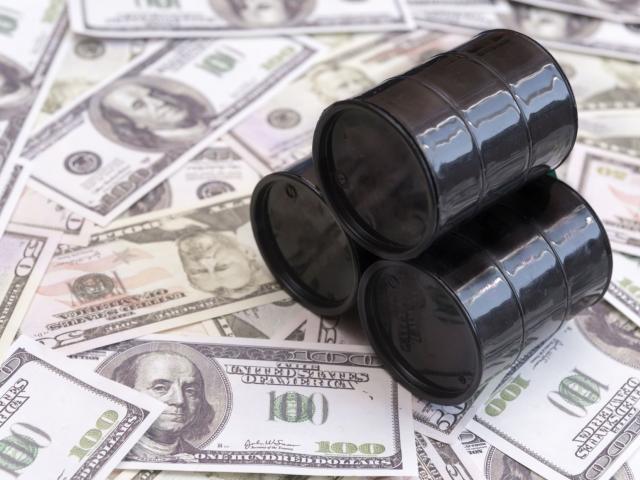By Emily Kaiser – (Reuters)
The price of averting a U.S. financial sector meltdown goes well beyond the mind-boggling sums that the government is handing out and may be repaid with years of higher borrowing costs and slower economic growth.
President George W. Bush said on Tuesday that phase one of the $700 billion bailout, which involves the Treasury Department investing up to $250 billion in banks, would get money flowing to consumers and companies and kick-start the economy.
Economists said the move was a necessary evil, but questions remained about whether banks would now have sufficient capital and confidence to resume lending into a weakening economy, and how much longer the world would be willing to finance cheaply the ballooning U.S. debt.
"Even with banking being brought back from the brink, lending is likely to be very slow to recover," said David Owen, an economist at Dresdner Kleinwort.
Without a return to normal lending, economic growth will be subdued at best. Many Wall Street economists think that even with the government stepping in, unemployment may reach its highest level since 1983 and corporate profits will suffer.
Judging from Tuesday's stock market slump, investors seem to think that it is too late for government intervention to prevent a recession.
In essence, the U.S. Treasury Department is betting that the slump will be short and shallow enough that banks can muddle through without any more significant damage to their balance sheets, and private investors will feel confident enough to step in and take the taxpayer's place.
Under this scenario, the government would soon recoup its investment and the debt pile would shrink.
But if the downturn is more severe and defaults on mortgages, credit cards, auto loans and corporate debt stack up, banks may quickly find themselves in trouble again and the government burden would swell — perhaps above $700 billion.
"The world is not going back to where it was before September," said Andrew Busch, a strategist with BMO Capital Markets. "The (credit) freeze has meant that the outlook for the economy has soured and we're still not sure by how much."
LEND, BABY, LEND
Including the $700 billion financial rescue, government pledges to stem the credit crisis are nearing $2 trillion. The spike in government spending has become a political issue as the November 4. presidential election nears and the candidates face tough questions about what campaign promises might fall by the wayside due to budget constraints.
So how much is enough to end the crisis? The Treasury's pockets are deep but not bottomless. The latest figures show the national debt stood at $10.2 trillion as of Thursday, well within the $11.315 trillion limit.
The risk is that the financial system has been so weakened that banks will keep the government's money and it won't reach its intended target: the households and businesses that need funding to keep the economy going. Treasury Secretary Henry Paulson acknowledged that concern on Tuesday.
"At a time when events naturally make even the most daring investors more risk-averse, the needs of our economy require that financial institutions not take this new capital to hoard it, but to deploy it," he said.
Already there are signs that investors are growing uncomfortable with the prospect of a massive expansion in U.S. government debt, and even pondering what would have been unthinkable before this crisis — the U.S. government failing to repay its debts.
There is no shortage of willing buyers for Treasury bills that mature in the next three months, but yields on five-year notes remain elevated.
"What has concerned me is that there are premiums on insuring against a default by the U.S. Treasury — who would have thought?" said David Dietze, chief investment strategist at Point View Financial Services in New Jersey.
JAPAN REDUX
Anil Kashyap, a professor at the University of Chicago's Graduate School of Business, that the government, in its haste to act, would inadvertently invest in banks that could prove to be insolvent.
Japan made that mistake in the 1990s and its economy has yet to fully recover from what became known as the "lost decade" of virtually no growth.
Instead, Kashyap said government ought to take the time to ensure that banks receiving investment were strong enough to survive, and then err on the side of overcapitalizing them so that they had no reason to hoard cash.
"They don't make money not lending, so if they've got enough capital they're going to start trying to do business again," he said. "Lending rates are really elevated right now, so it's pretty attractive if you have the money."







